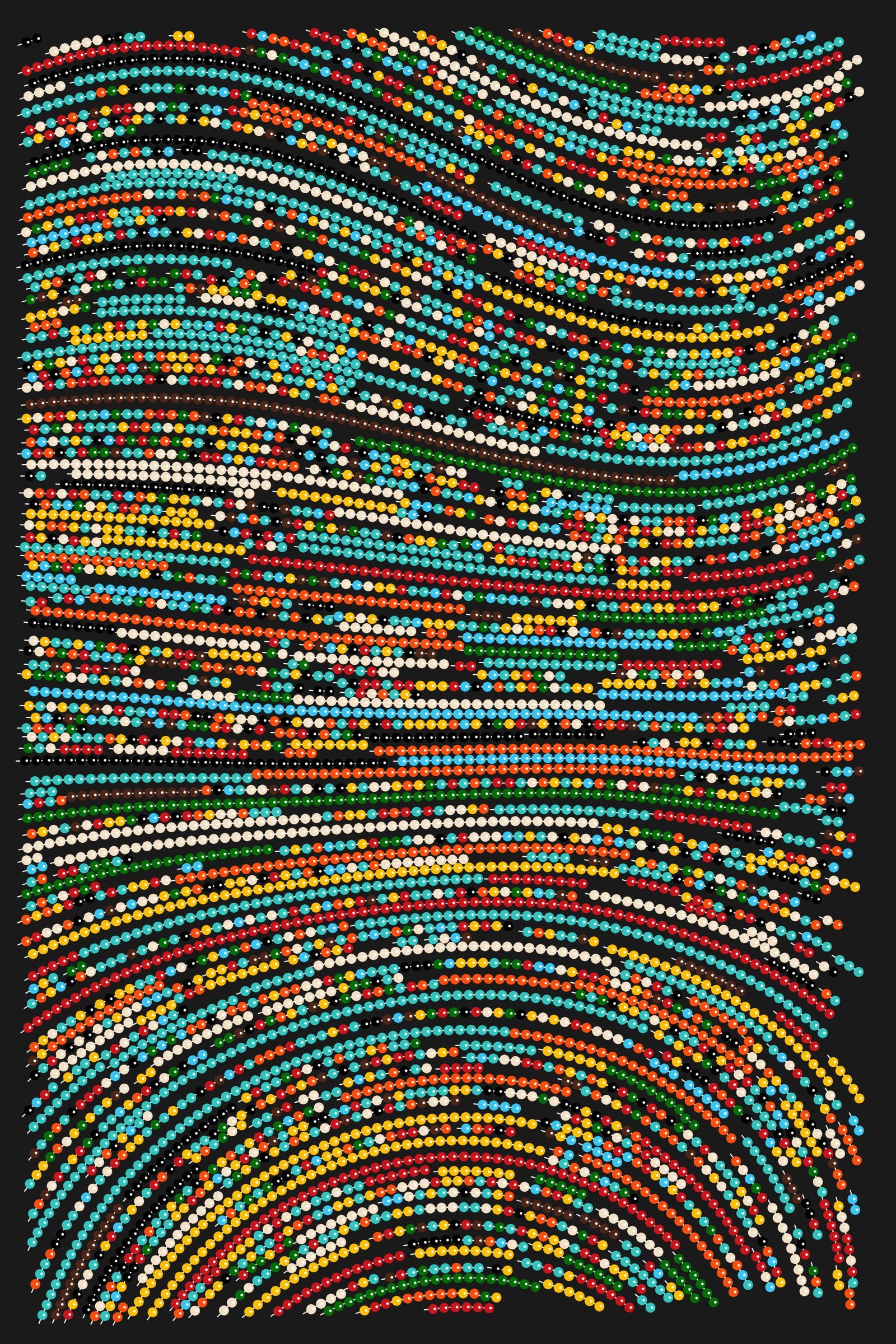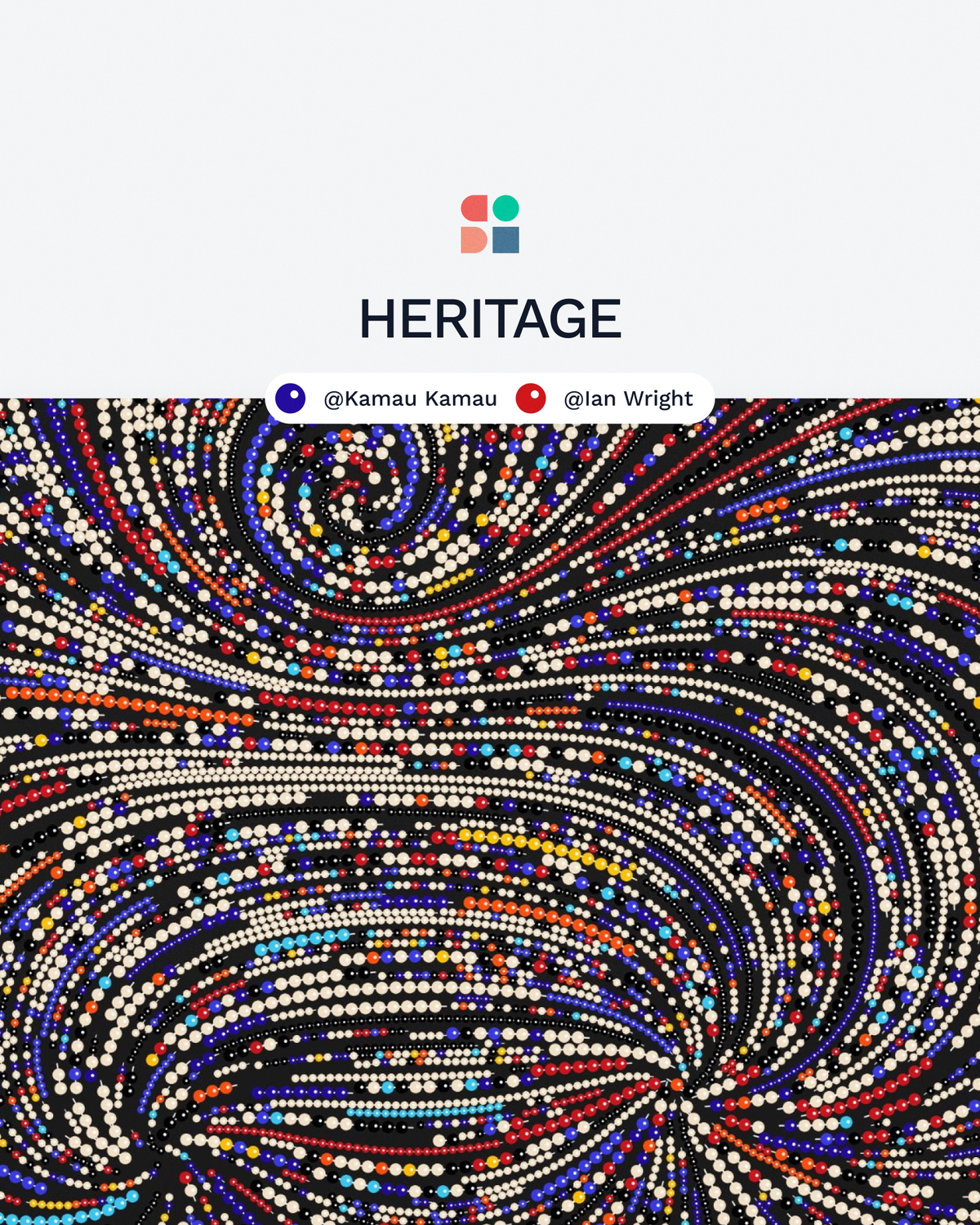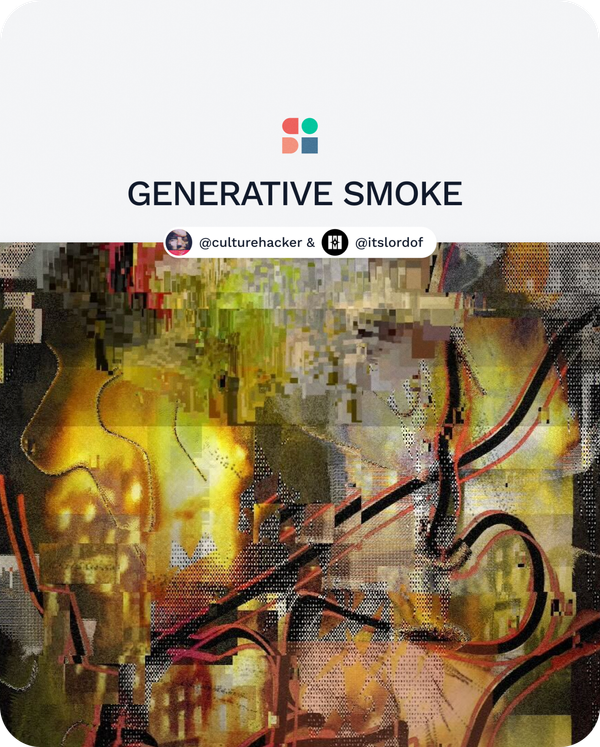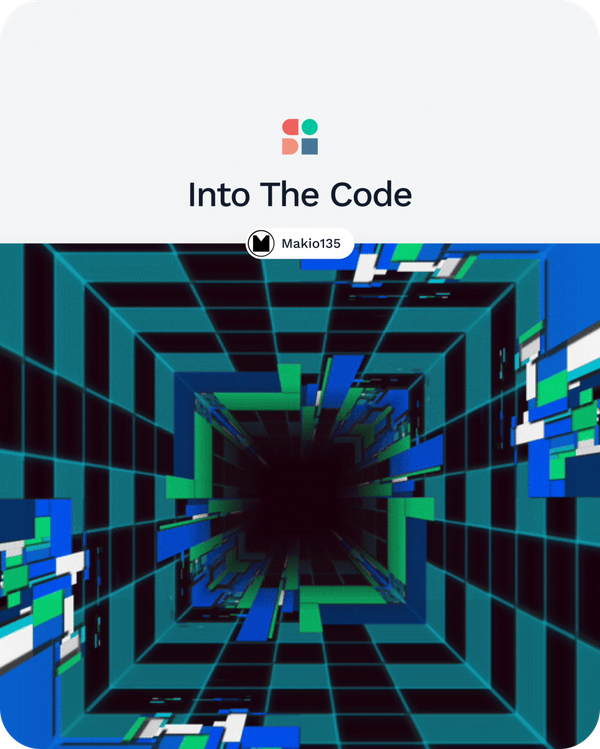Meet Kamau Kamau and Ian Wright, two Nairobi-based creative coders whose work bridges the gap between traditional African culture and the digital frontier of NFTs.
A Creative Partnership Forms
Kamau's first steps in crypto came as early as 2015, marked by lukewarm experiences throughout his initial years in the space.
In 2019, Kamau and Wright formed a power duo, collaborating in ways that effectively merged their technical skills with creative visions. Their partnership, which began with software development projects, flourished as they ventured into the realm of generative art and NFTs in 2021, driven by the vibrant global discourse around blockchain and digital art.

The Breakthrough
In February 2021, inspired by a respected artist and the success of Kenyan NFT pioneer Dada Boipelo, Kamau decided to dive into this world. Despite high Ethereum gas fees and initial skepticism from his family, he took a chance and minted his first photography NFT—a bold move that paid off when he sold his first digital artwork for $1,000 within the first week. After that, there was no turning back.
It wasn't until months later that their journey into generative art began.
Introducing Heritage: A Cultural Odyssey
Fast-forward to 2024. Kamau and Wright are ready to make their Solana debut on April 24th with "Heritage", the latest drop on Code Canvas. This collection aims to showcase a powerful combination of code and art, preserving cultural heritage through the digital lens.
The "Heritage" project began almost 2 years ago exploring traditional beadwork, studying and interacting with local artisans to translate intricate physical art forms into digital expressions. By using algorithms based on flow fields (as a result of studying Fidenza by Tyler Hobbs) and Perlin noise, they've managed to recreate the nuanced reflections and color variations of beadwork, ensuring each piece of the collection resonates with both aesthetic value and cultural significance.
Since then, they spent 18 months perfecting the algorithm through dozens of
trials and errors, code optimization and seeking inspiration to present it to
the world. They developed unique coloring techniques that ensured a wide range of outputs with small-sized palettes and guaranteed aesthetic value.
By merging this with the use of flowfields and other traits, they created a vastly broad spectrum of possible outputs waiting to be explored.

The Impact of Heritage
"Heritage" is not just a generative art collection; it is a testament to the enduring beauty and relevance of African beadwork, recognized as a crucial element of cultural identity across the continent. The collection reflects the colors, shapes, and stories embedded in traditional African beadworks, such as necklaces, bracelets, and other artifacts, preserving these narratives within the blockchain.
As Kamau and Wright continue to innovate, they remain committed to their vision of merging technology with tradition, ensuring that each digitally crafted palette not only mirrors the past but also embraces the present and anticipates the future.
Through "Heritage," they honor the legacies of artists who have kept these traditions alive and invite the global community to experience the richness of African culture through modern technology.
Join us on Code Canvas this April 24th to witness the blend of history and innovation in "Heritage," and see how Kamau Kamau and Ian Wright are shaping the future of digital art by honoring the past.



